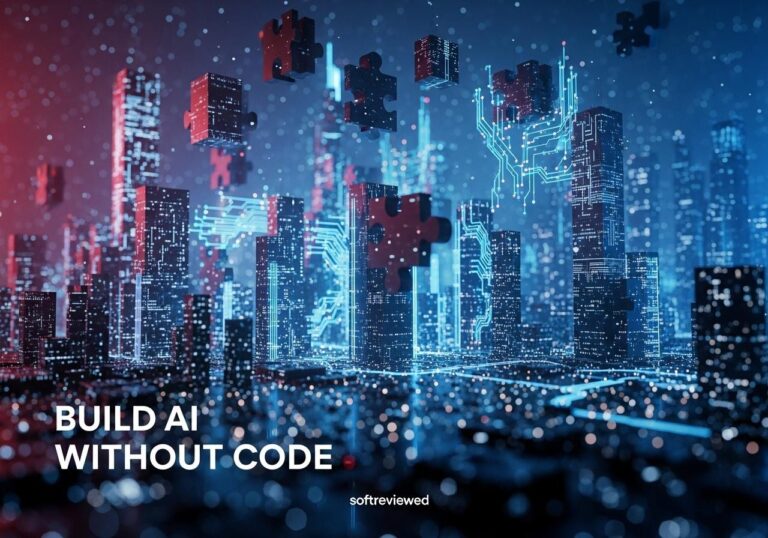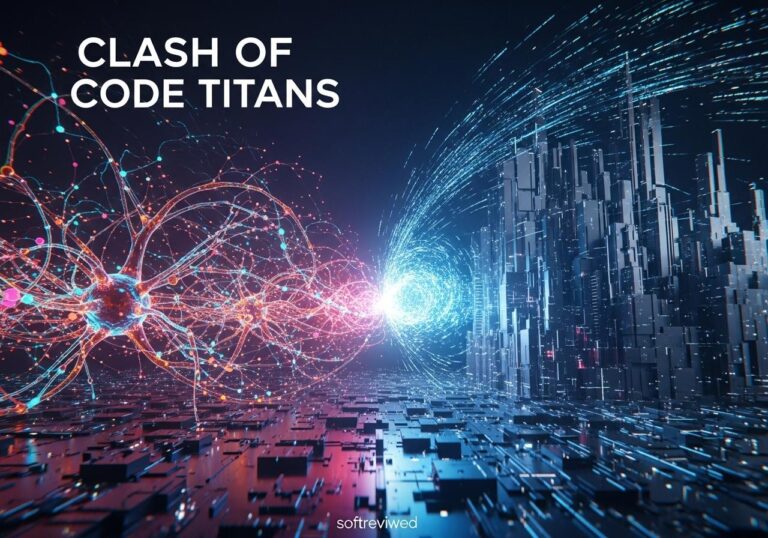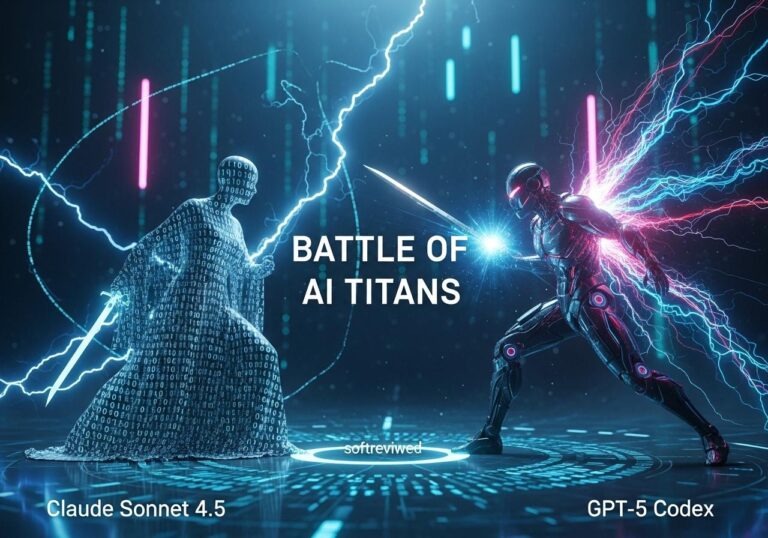Titans: Next-Generation AI Architecture
Revolutionary AI system combining advanced memory management with efficient processing capabilities.
Revolutionary Memory System
Three-tier memory architecture featuring short-term memory for recent interactions, long-term memory for historical data, and persistent memory for continuous learning.
Surpassing Transformers
Efficiently processes sequences beyond 2 million tokens without performance degradation, significantly outperforming traditional Transformer models.
Linear Scaling
Achieves O(n) linear computational scaling, dramatically improving efficiency compared to Transformers’ O(n²) quadratic complexity.
Real-World Applications
Excels in cybersecurity threat detection, financial market analysis, and network monitoring with advanced real-time pattern recognition.
Surprise-Based Learning
Implements dynamic resource allocation through surprise-based attention routing, optimizing computational efficiency and accuracy.
Memory Retention
Overcomes traditional attention bottleneck with superior memory retention and real-time learning capabilities.
The world of artificial intelligence is constantly evolving, with new models and architectures pushing the boundaries of what's possible. Two significant players in this field are Transformer models, the workhorses of much of today's AI, and the newly emerging Titan AI architecture. But what exactly sets them apart, and what does this mean for the future of AI? In this article, we'll compare Titan and Transformer models, exploring their architecture, performance, and potential impact.
The Transformer Era: A Foundation of Attention
Transformers have become the dominant architecture in many AI applications, especially in natural language processing (NLP). Their strength lies in the self-attention mechanism, which allows the model to weigh the importance of different parts of the input sequence when processing data. Think of it like reading a sentence; you pay more attention to the key words that give it meaning. This architecture allows for parallel processing, making them much faster and more efficient than older models like recurrent neural networks (RNNs) ⏱️.
How Transformers Function
Essentially, a Transformer takes an input sequence (like a sentence or a series of data points) and converts it into an output sequence. This is achieved using a two-part system: an encoder and a decoder.
- The encoder processes the entire input sequence, understanding the context and relationships between different parts.
- The decoder uses this understanding to generate the output, word by word, image by image, or however it is needed. Each part consists of multiple layers, which feature the attention mechanisms, allowing the model to focus on the most important parts of the data. For a deeper dive into the inner workings, you can explore resources like the AWS explanation of transformers.
Enter Titans: A New Approach to Memory 💡

While Transformers excel at many tasks, they have limitations. Specifically, their ability to manage context effectively decreases as the length of the input sequence increases. This is where the Titan architecture, spearheaded by researchers at Google, steps in with a new approach. Titans aim to combine short-term and long-term memory, addressing the challenges of dealing with very long sequences of data and managing memory more efficiently. 🧠.
Titans' Unique Memory Modules
The Titan architecture comprises three interconnected memory modules that mimic how human memory works:
- Core Module (Short-Term Memory): Uses attention mechanisms, like Transformers, to focus on immediate context.
- Long-Term Memory Module: Employs a neural memory framework to store historical data efficiently. It learns what to remember and what to forget, similar to how we recall life experiences.
- Persistent Memory Module: A set of learnable, task-specific parameters that provide context-independent knowledge. This module is like your general knowledge, always available, and improves the AI's overall understanding.
Combining Attention and Memory
Titans combine short-term attention (similar to Transformers) with this long-term neural memory. This enables the model to efficiently process and retain valuable information across long sequences. The idea is to mimic how humans prioritize information, remember key events, and manage memory with efficiency. This unified system allows Titans to handle massive amounts of data while maintaining high accuracy and prioritizing relevant details. 📌
Performance Showdown: Titan vs Transformer
So how do these different approaches stack up? Here's a breakdown comparing Titan and Transformer AI models:
| Feature | Transformer | Titan |
|---|---|---|
| Primary Mechanism | Self-Attention | Short-Term Attention + Long-Term Memory |
| Memory Handling | Fixed context window | Adaptive long-term memory module |
| Sequence Length | Limited by computational complexity | Handles extremely long sequences |
| Scalability | Quadratic complexity | Linear complexity |
| Prioritization | Treat all input parts equally | Prioritizes surprising or unexpected information |
| Efficiency with Long Sequences | Struggles with very long sequences | Efficiently processes & retains long sequences |
| Real-time learning | Limited | Real-time learning and adaptation capabilities |
Benchmarking the Titans 📈
Early results show Titans outperforming state-of-the-art models, including Transformer models like GPT-4, in various complex tasks. Specifically:
- Language Modeling: Titans demonstrate improved perplexity scores, indicating better predictive abilities, especially on long sequences.
- Common-Sense Reasoning: They show a greater ability to understand and deduce information when longer contexts are necessary.
- Genomics and Time-Series: Titans can process long sequences of genomic data and time series data much more efficiently than existing Transformer models, exceeding the performance of GPT-4 in similar tasks.
- "Needle-in-a-Haystack" Tasks: Titans effectively scale to larger than 2 million token context windows, outperforming other models on such tasks. This is a huge leap forward in dealing with large datasets where the required information may be buried in a sea of context. ✅
These benchmarks suggest that the Titan architecture is not just an incremental improvement but represents a paradigm shift in how AI processes and stores information.
Where Are We Headed? 🚀 The Future of AI Memory
The implications of the Titan architecture are significant. Here are some areas where Titans could make a big impact:
- Enhanced Context Understanding: Titans can better retain important information and context across extended interactions, improving the quality of AI responses, and creating a more human-like interaction.
- Real-Time Adaptability: The ability to dynamically learn and adjust makes Titans more agile in changing environments. This could allow for a new generation of AI that learns and adapts continuously to new data and evolving situations.
- Personalized AI: Imagine AI tutors or healthcare partners that can learn from and adapt to each individual’s unique needs. Titans could be the foundation for such personalized AI experiences.
- Complex Data Analysis: The enhanced ability to handle long sequences and complex data sets could revolutionize fields like genomics, financial forecasting, and scientific research.
- Reduced Computational Costs: Titans' efficiency could result in less costly and more sustainable AI models, reducing the computational burden of training and deployment, especially on large language models.
Titans: Not a Replacement, but an Evolution
It’s important to note that Titans are not necessarily designed to replace Transformers outright. Instead, they represent an advancement in AI architecture that builds upon the strengths of the Transformer model while addressing its weaknesses. This new architecture focuses on memory management and processing efficiency, making it suitable for applications requiring a more human-like understanding of context.
How Does Sakana.ai’s Transformer² Compare to Titan in Revolutionizing Memory in AI?
Sakana. ai’s Transformer² offers groundbreaking advancements in memory utilization compared to Titan. By integrating a more dynamic approach, it enhances learning capabilities in real-time. The selfadaptive ai revolution explained showcases how this technology allows AI to adjust effortlessly to varying datasets, ensuring optimal performance and improved decision-making.
The Long View: A Step Towards More Intelligent AI
In conclusion, the emergence of the Titan architecture marks a significant shift in AI memory capabilities. By combining short-term attention with a neural long-term memory module, Titans represent a leap forward in processing complex, contextualized information. While Transformers have been instrumental in advancing AI, Titans offer a new approach that could pave the way for more adaptable, efficient, and intelligent AI systems. As AI continues to evolve, models like Titans hold the potential to revolutionize industries by offering deeper, more contextual insights and understanding. 🤔
The path forward is one of continuous exploration and innovation, but one thing is clear: the memory landscape in AI is changing, and it's an exciting time for development. Keep an eye on the future, where these advancements could lead to profound changes in how we interact with and utilize AI in our everyday lives. 👉➡️
Language Model Performance Comparison 2024
This chart compares key performance metrics of advanced language models, highlighting Titan’s improvements in context window size, compute efficiency, and inference speed.







